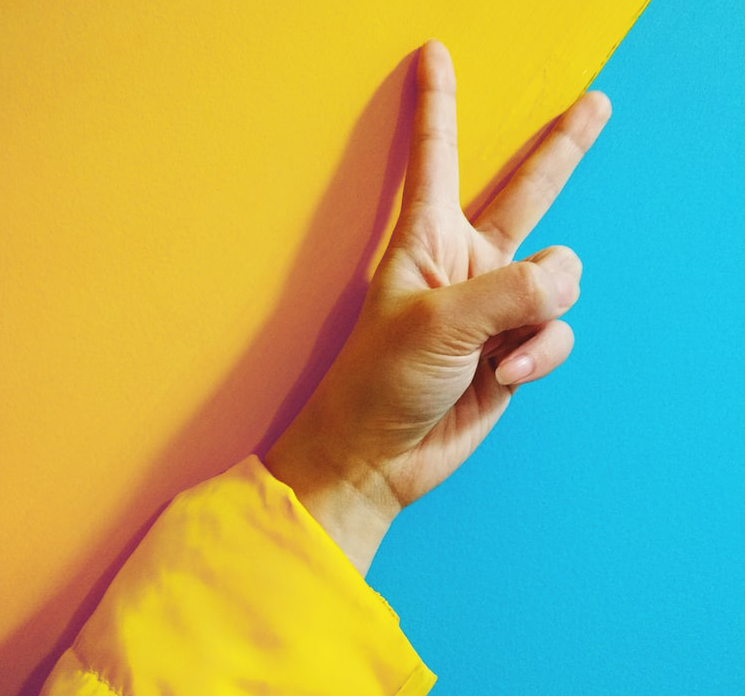

- Buttonbar api libgdx mac os#
- Buttonbar api libgdx android#
- Buttonbar api libgdx code#
- Buttonbar api libgdx windows#
Buttonbar api libgdx mac os#
Orders for Windows, Mac OS and Linux are: Strings that are shorthand representations for the button order. Where you want a custom layout, this is achieved be modifying theīutton order property. In most cases the OS-specific layout is the best choice, but in cases Will come before the No button, whereas on Mac OS it'll be No and then Yes.
Buttonbar api libgdx windows#
This means that on Windows and Linux the Yes button
Buttonbar api libgdx code#
The code sample above will position the Yes and No buttons relative to the Create the buttons to go into the ButtonBarītButtonData(yesButton, ButtonData.YES) ītButtonData(noButton, ButtonData.NO) īuttonBar.getButtons().addAll(yesButton, noButton) Instantiating and using the ButtonBar is simple, simply do the following: Laid out on each of the three operating systems.

Measuring process, so its size will not influence the maximum size calculatedīecause a ButtonBar comes with built-in support for Windows, Mac OSĪnd Linux, there are three screenshots shown below, with the same buttons If a button is excluded from uniform sizing, it is both excluded fromīeing resized away from its preferred size, and also excluded from the On a per-button basis, but calling the setButtonUniformSize(Node, boolean) method with Then be positioned relative to all other nodes in the button list based on theirīutton order specified for the ButtonBar.īy default all buttons are uniformly sized in a ButtonBar, meaning that allīuttons take the width of the widest button. Method, placed inside a ButtonBar (via the getButtons() list), and will In other words, any Node mayīe annotated (via the setButtonData(Node, ButtonData) I always compile with the latest SDK because I don't want to bother with keeping multiple SDK versions installed.A ButtonBar is essentially a HBox, with the additional functionalityįor operating system specific button placement. These apps are installable and run fine on any device running Gingerbread or higher. I release LibGDX apps that target 20 and go to min version 9. So all the old apps sitting in the store that haven't been updated will not be affected by the new API, because they don't target the new API.
Buttonbar api libgdx android#
When Android gets API or behavior changes that have the potential to break old apps, the change only takes effect on apps that target the new API or higher. If you target 20, it will still work fine on later versions.

If you do that, make sure you test on a device with that API or later, since LibGDX hasn't officially started supporting it. You only need to go higher than 20 if there are some new API features you want to use. However, LibGDX is only officially tested up to level 20, so this is the safe target to use. Typically, you always want to target the most recent API version available, and set your minSdkVersion as low as you are willing to put the effort into supporting.


 0 kommentar(er)
0 kommentar(er)
